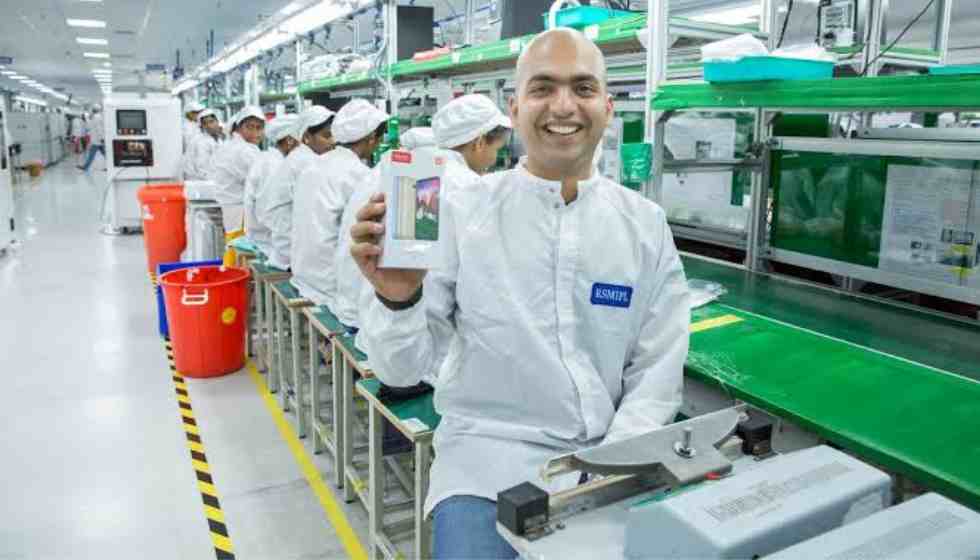Xiaomi is opening two new smartphone manufacturing plants and one new T.V. manufacturing unit in India.
Xiaomi India Head and Global Vice President, Manu Jain, stated this means 99% of the company’s smartphones retailed in India, and 100% of its televisions will now be manufactured within the country.
“We would love to see India as a trading hub. We started exporting in small numbers last year to nearby countries like Bangladesh and Nepal. The number one preference for us for the Indian business is to satisfy the local demand, which we think is significantly more than what we are supplying. Once we meet 100% of the local demand is when we will begin thinking of further increasing our export,” said Jain.
Further, Manu Jain told one of the two mobile manufacturing plants is already up and running.
Xiaomi has partnered with DBG India, which is operating a plant in Haryana.
The second plant will be fixed up by Chinese electronics maker BYD in Tamil Nadu. Having plants in both North and South India will hold the company adequately positioned to take possible lockdowns in either side of the country.
“At least about covid, I think our business is a lot more stable and resilient, as compared to what it was nine months ago,” he said.
The new television manufacturing plant is being set up in Telangana by Radiant, a Hyderabad-based television manufacturer.
Xiaomi also has two other mobile manufacturing plants in Tamil Nadu, run by Foxconn and Flex, and a T.V. manufacturing plant in Andhra Pradesh, run by Dixon Technologies.
While the company has been compiling mobiles in India for a while now, the scenario is “rapidly changing”. He said the “majority” of the parts being put in its phones, including the printed circuit board assembly (PCBA) and sub-boards, back panels, chargers, and battery, are being regionally manufactured here. The company plans to begin manufacturing camera modules in India in 2021, according to Jain.
“Initially this investment, cost of setting up factories could be somewhat higher than spending import duties on components, but it will set out to be a better decision from a long-term point of view,” he stated.
“There are a lot of tangible and intangible benefits, which will profit the business overall in the long term,” he added.
The electronics business has been suffering a global supply shortage due to a worldwide rise in electronics products’ interest.
Jain said the supply chain interruptions had affected Xiaomi too, but the company has been seen “significant improvements” in each section.
“We’re already leading of what we practiced to be in the pre-covid world right now,” he said.
India’s smartphone market decreased for the first time since 2009 in 2020, falling by about 2%, according to the International Data Corporation (IDC) quarterly mobile phone tracker for the fourth quarter of 2020.
This was because of pandemic-driven lockdowns and supply chain disruptions.
However, the country yet saw 150 million units in the year, and Jain announced the market could touch 250-300 million shipments in the next two to three years.

